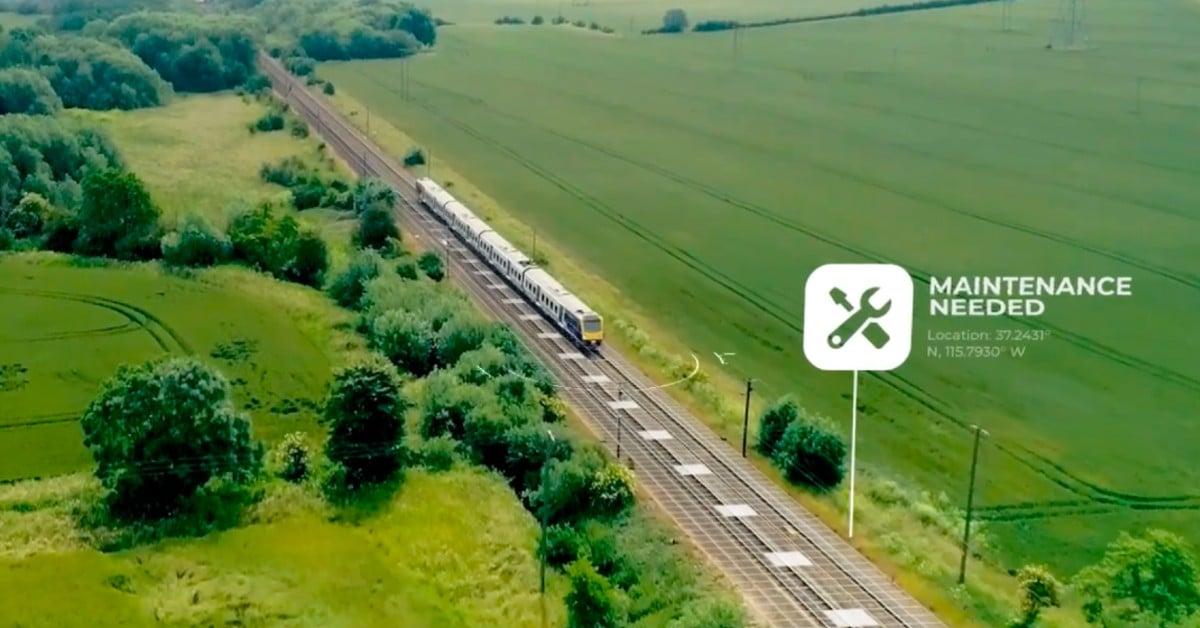Ensuring Energy Efficiency for Homes or Buildings with Thermal Imaging

Facility managers and homeowners benefit from regular thermal inspections to confirm they're not spending money on wasted energy. Any type of building will gradually degrade in its insulation abilities or face moisture ingress and damage over time, but knowing what’s going on behind the wall is where it gets hard. Thermal imaging is a powerful tool for finding those underperforming or degraded areas, and for tracking energy consumption for both heating and air conditioning. Simply sealing in gaps within common problem areas can save up to 20% annually on energy bills.
Even without any training, infrared cameras provide visuals that make it clear where a home or commercial building needs attention. FLIR Support Center is also available to provide more in-depth information for professionals or anyone looking to ensure their getting the most out of their camera.
Insulation
The first place anyone can start an insulation inspection is by investigating the weather stripping around windows and doors. Windows and doors tend to be common problem areas for energy loss, whether it’s from old, disintegrated seals or from poor original installation. Stripping materials tend to shrink as the weather gets cold outside, leaving gaps large enough for air to flow, running your heating or HVAC system harder than it should have to. Spotting poor stripping allows you to prepare a home more efficiently for the winter season and focus on maintaining the windows and doors that can cause the largest heat loss.

Cold air getting in where weather stripping should be keeping it out.
Thermal imaging is especially useful for detecting missing insulation or spots where insulation has moved around. There are many potential reasons for wall insulation degradation; pests can get in shifting material around or moisture can weigh it down over time. Whatever the cause of poor insulation, you’ll need to find them first before repairs can start. With a 6°C (20°F) temperature difference between the inside of the building and the outside, poor insulation spots can be spotted immediately.

Missing insulation highlighted in purple on the thermal image.
Thermal imaging is also great for double checking work when installing insulation. In the picture below, the insulation seams sufficiently packed in at first, but thermal imaging reveals there is still air flowing.

Moisture
Moisture leaking into a building is just as likely the cause of a cold spot as air leaks are and are equally detectable under thermal imaging. Any experienced homeowner or building inspector will know how important it is to check for moisture and the problems that can follow.
Bathrooms, kitchens, laundry rooms, basements, attics, and outward facing walls are all exposed to moisture on a regular basis and are susceptible to damage from prolonged dampness. Moisture can find its way in from cracks in exterior walls, leaking pipes, faulty HVAC systems, condensation, and more. All of these can lead to mold growth which can lead to structure damage and health problems, meaning it’s highly important to inspect potential problem areas and intervene before the repair becomes costly.

Moisture creeping along a wall.
Thermal imaging is great for detecting signs of water damage but shouldn’t be used alone for an inspection. Moisture meters should be used in combination with a thermal camera to accurately gauge the presence of water. A thorough inspection can easily be achieved with a tool like the FLIR MR265 which combines both thermal imaging and moisture measurement in one device.

The FLIR MR265 provides thermal imaging and pin and pin less moisture detection.
Tools for the Job
To perform a proper home or building inspection, you’ll need the right tools. FLIR manufactures a wide variety of products fit for all levels of use. Whether you’re a new homeowner, a professional inspector, or someone in between, FLIR has the right device for your experience level.
The FLIR ONE Edge Pro

This small thermal camera connects to your smartphone, giving you powerful thermal vision in the palm of your hand. The FLIR ONE offers both thermal and visible-light cameras and features VividIR™, an advanced camera processing feature that includes combining multiple images for more thermal data. The additional context provided by VividIR™ enables anyone to start hunting for air leaks and other issues such as missing insulation or other common issues that homeowners encounter, including water intrusion or common pests who build homes in the walls, crawlspaces, or even siding.
The FLIR C5

An alternative to the FLIR ONE®, the FLIR C5 thermal camera is a rugged, pocket-sized thermal imaging camera. The C5 is especially useful for inspecting older, energy-inefficient homes with its ability to inspect hot fuses, air leaks, plumbing issues and more. This camera has, 1-Touch Level/Span, temperature range of -20 to 400°C (-4 to 752°F), can be dropped from two meters, and is IP-54 rated to repel dust, grime, and weather. FLIR Ignite cloud also comes with the FLIR C5 allowing you to store and organize your images online for easy access.
The FLIR Ex-Pro Series

The Ex-Pro series is great for diagnosing electrical, mechanical, and building problems for professional inspectors. This camera series features 320 × 240 pixel thermal detector, streamlined reporting via built-in mic for voice annotation, and is fully compatible with FLIR Ignite to keep all of your files backed-up and available on the cloud. The Ex-Pro series enables its user to pinpoint invisible performance issues before they become problems, allowing maintenance teams to proactively optimize their business’s energy efficiency.
Whatever you need to inspect and whatever your thermography skill level is, FLIR has you covered. From insulation and stripping inspections to detecting moisture, thermal imaging cameras can provide a wide range of insights when inspecting a building’s health. Anyone looking to gain more insights to their home or facililty can pickup a thermal camera and start looking.


